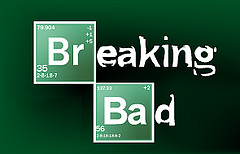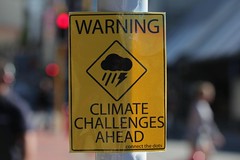
Horrible events, such as mass shootings, typically gain a lot of media attention, with fear and political outrage not far behind. Social scientific knowledge about topics like violence, gun control, and mental illness, however, is often obscured or excluded from these reports and calls for action. This activity, which can be done as a group or individually, helps readers think about how social scientific evidence can influence policy:
- Browse the Internet to gather two or three news stories from the weeks following a recent mass shooting in the United States.
- What claims are made in these stories about the causes of mass shootings?
- What calls for change are made by victims’ families, politicians, experts, or others?
- What policies are suggested to address mass shootings?
Next, read “A Broader-Based Response to Shootings” by Chis Uggen and think about how social science evidence compares to media reports. What does the evidence suggest we should be doing to address these crimes?







